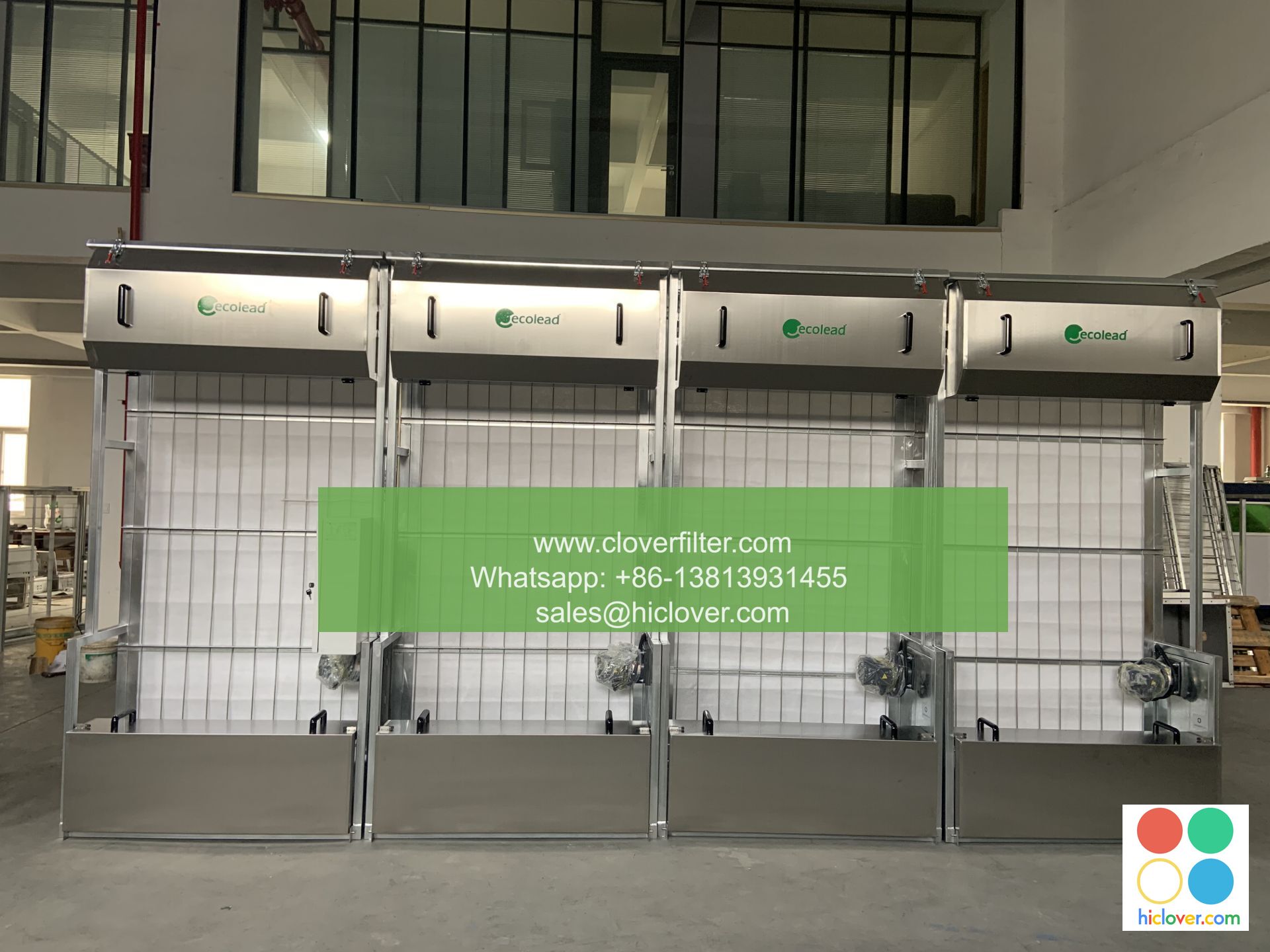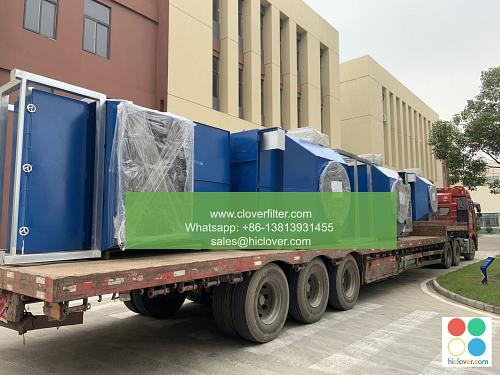The Relationship Between Air Filter MERV Rating and Energy Consumption

The air filter MERV (Minimum Efficiency Reporting Value) rating is a crucial factor in determining the energy consumption of a building’s heating, ventilation, and air conditioning (HVAC) system. In this article, we will explore the relationship between air filter MERV rating and energy consumption, and highlight various application areas where a high MERV rating can be beneficial.
Understanding MERV Ratings
MERV ratings are a measure of an air filter’s ability to capture particles of a certain size. The higher the MERV rating, the more efficient the filter is at capturing smaller particles. MERV ratings range from 1 to 20, with higher ratings indicating better filtration. For example, a high-efficiency air filter with a MERV rating of 17 or higher can capture 99.97% of particles as small as 0.3 microns, making it ideal for cleanroom applications and pharmaceutical manufacturing.
The Impact of MERV Rating on Energy Consumption
The MERV rating of an air filter can have a significant impact on energy consumption. A higher MERV rating typically means that the filter is more restrictive to airflow, which can increase the energy required to push air through the filter. However, a higher MERV rating can also lead to improved indoor air quality and reduced energy costs in the long run. This is because a high-efficiency air filter can capture more particles and reduce the amount of coarse particles and fine particles that can damage equipment and increase maintenance costs.
Application Areas for High MERV Ratings
High MERV ratings are particularly beneficial in certain application areas, including:
* Hospital and healthcare facilities, where airborne infection control is critical
* Cleanroom applications, such as pharmaceutical manufacturing and electronic component manufacturing
* Commercial buildings, where indoor air quality is a top priority
* Industrial facilities, where airborne contaminant control is essential
Optimizing Energy Consumption with MERV Ratings
To optimize energy consumption with MERV ratings, building owners and facility managers can consider the following strategies:
* Regular filter maintenance, including filter replacement and filter cleaning
* Filter selection, choosing filters with the optimal MERV rating for the specific application
* System design, designing HVAC systems with energy efficiency and air quality in mind
* Energy recovery ventilation, using energy recovery ventilation systems to minimize energy losses
Conclusion
In conclusion, the relationship between air filter MERV rating and energy consumption is complex, and depends on various factors, including the application area and system design. By understanding the benefits and trade-offs of different MERV ratings, building owners and facility managers can make informed decisions to optimize energy consumption and indoor air quality. Whether it’s for commercial buildings, industrial facilities, or cleanroom applications, choosing the right air filter with the optimal MERV rating can have a significant impact on energy costs and air quality. Prompt

